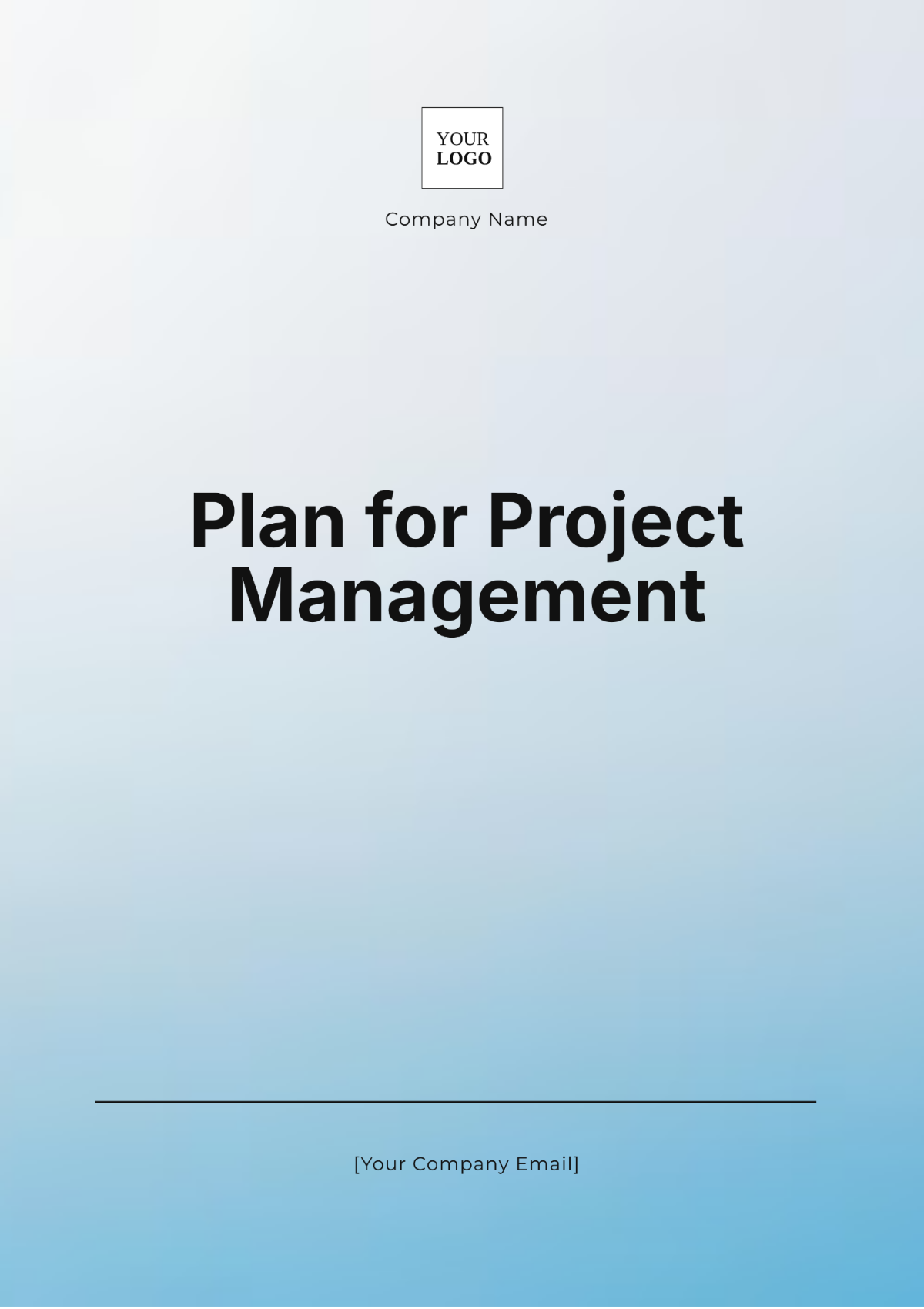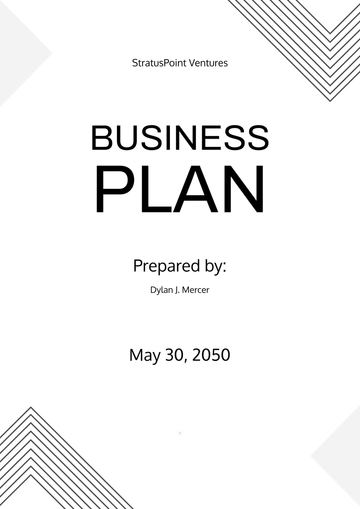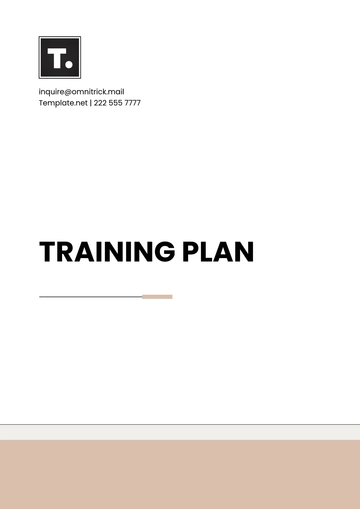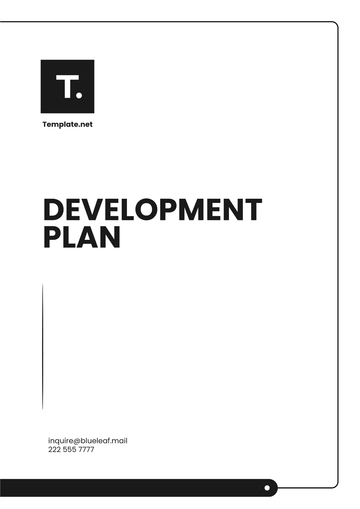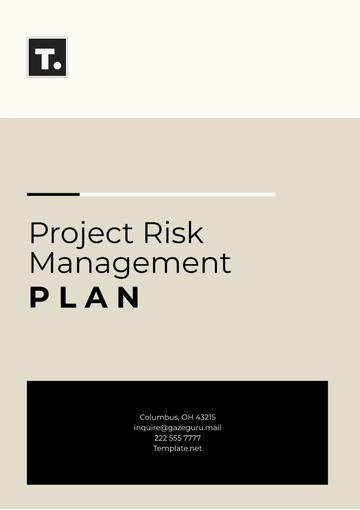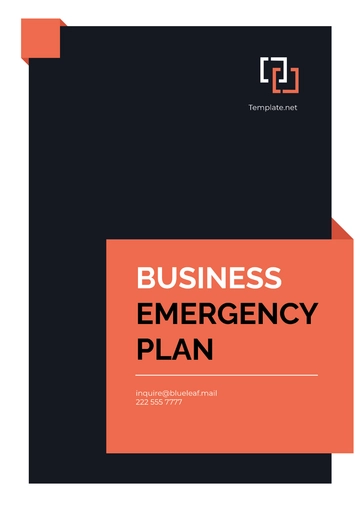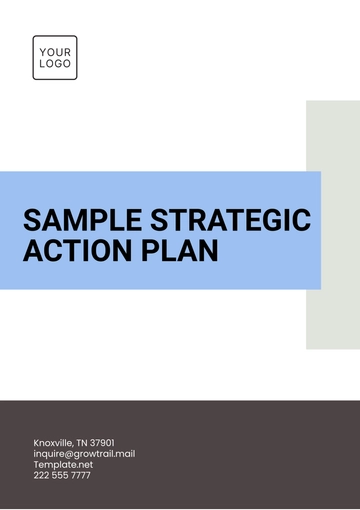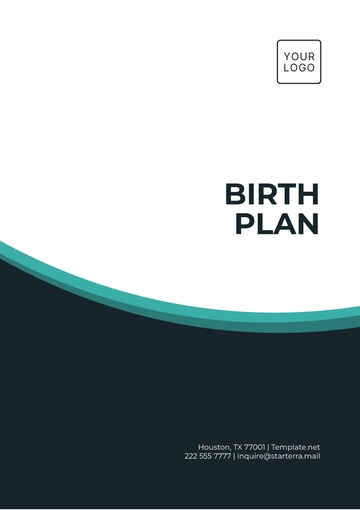Plan for Project Management
Prepared by: [YOUR NAME]
I. Introduction
Effective project management is essential for the successful completion of any project. This plan outlines the necessary steps and guidelines for managing a project from inception to completion. It covers project initiation, planning, execution, monitoring, and closure, ensuring a structured and systematic approach.
II. Project Initiation
Project initiation is the first phase of the project management lifecycle. It involves defining the project, understanding its goals, and obtaining necessary approvals. Key activities include:
Identifying stakeholders
Defining project objectives and scope
Developing a business case
Securing project sponsorship
Conducting feasibility studies
III. Project Planning
Project planning is crucial for outlining the roadmap to achieve the project’s objectives. This phase includes developing detailed plans for various aspects of the project. Key activities include:
Developing a project management plan
Creating a project schedule
Resource planning
Budgeting and cost estimation
Risk management planning
Quality management planning
Communication planning
Below is an example of a project plan table:
Task | Start Date | End Date | Responsible |
|---|
Initiation | 2053-01-01 | 2053-01-05 | Project Manager |
Planning | 2053-01-06 | 2053-01-15 | Team Leads |
Execution | 2053-01-16 | 2053-02-28 | Entire Team |
IV. Project Execution
Project execution is the phase where the project plan is put into motion. This involves coordinating people and resources, as well as integrating and performing the activities of the project in accordance with the project management plan. Key activities include:
Executing project activities
Ensuring resource availability and allocation
Managing project teams
Communicating project status to stakeholders
V. Project Monitoring and Control
Monitoring and control processes are essential to track, review, and regulate the progress and performance of the project. They ensure that the project stays on track, on time, and within budget. Key activities include:
Tracking project performance
Managing changes to the project scope, schedule, and costs
Verifying and controlling project deliverables
Identifying and managing risks
VI. Project Closure
Project closure signifies the completion of the project. It involves finalizing all project activities, delivering the final product, and obtaining necessary approvals. Key activities include:
Finalizing project deliverables
Obtaining project acceptance
Conducting project retrospectives and post-mortems
Releasing project resources
Documenting lessons learned
VII. References
References are key to ensuring that the project management practices are grounded in reliable and proven methods. Below are some reliable sources:
Project Management Institute. (2051). A Guide to the Project Management Body of Knowledge (PMBOK® Guide)–Sixth Edition. Project Management Institute.
Meredith, J. R., & Mantel, S. J. (2052). Project Management: A Managerial Approach. John Wiley & Sons.
Kerzner, H. (2053). Project Management: A Systems Approach to Planning, Scheduling, and Controlling. John Wiley & Sons.
Relevant online resources:
Project Management Institute (PMI): https://www.pmi.org
International Project Management Association (IPMA): https://www.ipma.world
ProjectManager.com: https://www.projectmanager.com
Plan Templates @ Template.net
